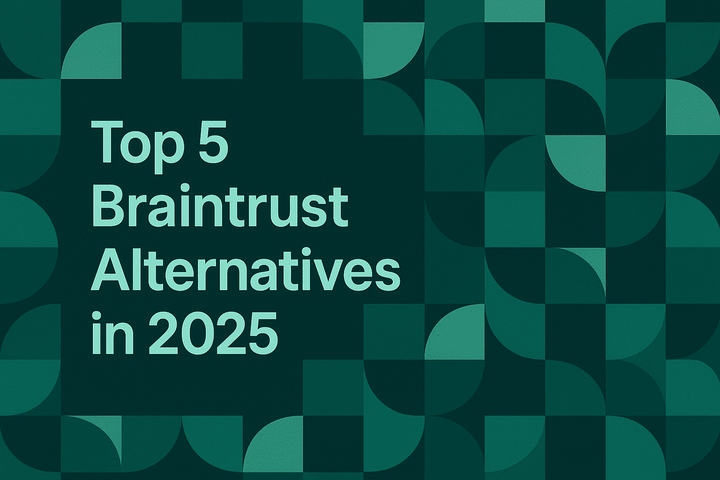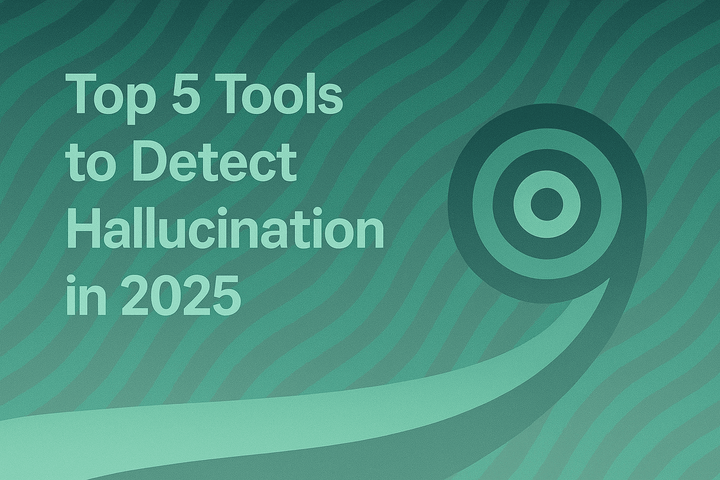Top 7 Challenges in Building RAG Systems and How Maxim AI is the best Solution

TL;DR
RAG systems fail when retrieval is weak, prompts drift, context is misaligned, or evaluation is missing. Maxim AI addresses these failure modes with agent simulation, offline and online evals, prompt management, and production observability across traces, spans, tool calls, and datasets. Teams ship reliable RAG faster by continuously measuring quality, debugging issues at the right granularity, and aligning agents to human preference. See Maxim’s products for Experimentation, Simulation & Evaluation, and Observability.
1. Inconsistent Retrieval Quality
Many RAG pipelines return relevant-looking passages that don’t answer the question, leading to hallucinations and poor task success. This stems from embedding mismatch, index drift, or retrieval configurations that are not systematically validated.
- Impact: Low context precision/recall, answer irrelevance, and rising user friction.
- What to measure: context precision, context recall, and context relevance across test suites to quantify retrieval utility.
- How Maxim helps:
- Use pre-built evaluators for Context Precision, Context Recall, and Context Relevance to score retrieved chunks against ground truth across large datasets.
- Run Offline Evals on curated datasets to compare retrieval configurations, prompts, and models, visualizing quality, cost, and latency across versions, or use the Experimentation product.
- Curate datasets from production logs to continuously improve retrieval quality over time with Manage Datasets and Curate Datasets.
- Instrument traces and spans to capture retrieval calls, latencies, and results for root-cause analysis with Tracing Overview and Retrieval Tracing.
2. Prompt Drift and Version Fragmentation
Small changes to prompts, partials, or tools can regress performance. Without versioning and controlled rollouts, teams lose track of which prompt variants work for which scenarios.
- Impact: Silent regressions and reproducibility gaps across environments.
- What to measure: task success against prompt versions; evaluator-driven comparisons across versions.
- How Maxim helps:
- Version prompts in the UI with Prompt Versions, organize with Prompt Partials, and deploy safely via Prompt Deployment.
- Compare output quality, cost, and latency across models and parameters in the Prompt Playground and the Experimentation product.
- Tie prompts to sessions and traces to reproduce issues step-by-step using Prompt Sessions and Sessions Tracing.
3. Missing End-to-End Evaluation Discipline
Teams often rely on ad-hoc spot checks. Without a unified evaluation framework, RAG systems ship with unknown regressions and no quantified confidence.
- Impact: Unmeasured quality risk and slower iteration.
- What to measure: clarity, conciseness, consistency, faithfulness, task success, tool selection, and statistical metrics like F1/ROUGE/precision/recall.
- How Maxim helps:
- Unified machine and human evaluations with the Pre-built Evaluators—AI evaluators like Clarity, Conciseness, Consistency, Faithfulness, Task Success, and Tool Selection; plus statistical evaluators like F1 Score, Precision, Recall, and ROUGE.
- Human-in-the-loop annotation for nuanced assessments via Human Annotation (Offline) and Set Up Human Annotation on Logs.
- Visualize evaluation runs across large test suites and multiple versions in the Agent Simulation & Evaluation product.
4. Limited Reproducibility and Debugging Granularity
When a user reports a bad answer, teams struggle to replay the exact trajectory: retrieval context, tool calls, intermediate reasoning, and final generation.
- Impact: Slow mean-time-to-resolution (MTTR) and brittle fixes.
- What to measure: step completion, step utility, generation errors, tool-call accuracy per span.
- How Maxim helps:
- Distributed tracing with Concepts, detailed Spans, Generations, Tool Calls, Tags, and Attachments.
- Agent simulation with trajectory analysis to see why the agent chose certain paths and where tasks failed; re-run from any step via Simulation Runs and the Agent Simulation & Evaluation product.
- Node-level online evaluation and alerts on production logs to catch degradations early using Node-level Evaluation, Alerts & Notifications, and Auto Evaluation on Logs.
5. Data Curation and Drift Management
RAG quality depends on well-curated, evolving datasets that reflect real usage. Teams often lack workflows to import, label, split, and evolve datasets from production traces.
- Impact: Training/eval mismatch and stale retrieval performance.
- What to measure: dataset coverage, class balance, and evaluator scores per split.
- How Maxim helps:
- Import or create datasets, manage splits, and continuously curate from production data with feedback loops: Import or Create Datasets, Manage Datasets, and Curate Datasets.
- Combine synthetic data generation and human review to enrich datasets for evaluation and fine-tuning needs with Human Annotation.
6. Production Observability Gaps
Even well-tested RAG systems degrade in production due to provider latencies, index changes, or upstream failures. Without real-time observability, teams react late.
- Impact: Hidden quality issues, rising costs, and user churn.
- What to measure: quality-on-logs via automated evaluations, latency distributions, error rates, and user feedback signals.
- How Maxim helps:
- Monitor real-time logs and set up auto-evaluations with rules to quantify in-production quality using Online Evals Overview and Auto Evaluation on Logs.
- Use the Observability Dashboard, Reporting, and Exports to analyze trends and share findings across teams.
- Collect user feedback directly on traces via User Feedback.
7. Multi-Provider Reliability and Governance
RAG often spans multiple models and tools. Without a robust gateway, teams risk outages, inconsistent behavior, and spiraling costs.
- Impact: Availability risks and inconsistent agent behavior.
- What to measure: failover rates, cache hit ratios, per-provider cost/latency, and governance compliance.
- How Maxim helps:
- Use Bifrost, the high-performance AI gateway, to unify access to 12+ providers with automatic fallbacks, load balancing, semantic caching, and governance. Explore features like Governance, Budget Management, SSO, Observability, and Drop-in Replacement API.
- Enable Model Context Protocol (MCP) for tool use across filesystem, search, and databases with consistent observability.
Putting It Together: A Reliable RAG Lifecycle with Maxim
A dependable RAG system requires tight loops across experimentation, evaluation, simulation, and production observability.
- Experimentation: Organize and version prompts, compare models/params, and deploy safely from the UI—ideal for cross-functional workflows. Start with Prompt Management Quickstart, work in the Prompt Playground, and scale using the Experimentation product.
- Simulation: Test agents across scenarios and personas, analyze trajectories, and re-run from any step to debug using Text Simulation Overview and the Agent Simulation & Evaluation product.
- Evaluation: Mix AI, statistical, and programmatic evaluators with human reviews to quantify quality improvements confidently. Explore the Offline Evals Overview and the Evaluators Library, plus Human Annotation.
- Observability: Trace retrieval, tool calls, and generations in production, run node-level checks, and set alerts on degradations with Tracing Overview, Node-level Evaluation, and Alerts & Notifications.
Conclusion
RAG reliability depends on disciplined evaluation, granular observability, and robust gateway infrastructure. Maxim AI’s full-stack platform—Experimentation, Simulation & Evaluation, Observability, and Bifrost—gives engineering and product teams the tooling to measure quality continuously, debug precisely, and ship trustworthy AI applications faster. Explore the Product Page, the Experimentation product, Agent Simulation & Evaluation, and Agent Observability to align your RAG systems with measurable quality outcomes.
- Request a demo: Maxim Demo
- Start free: Sign up


